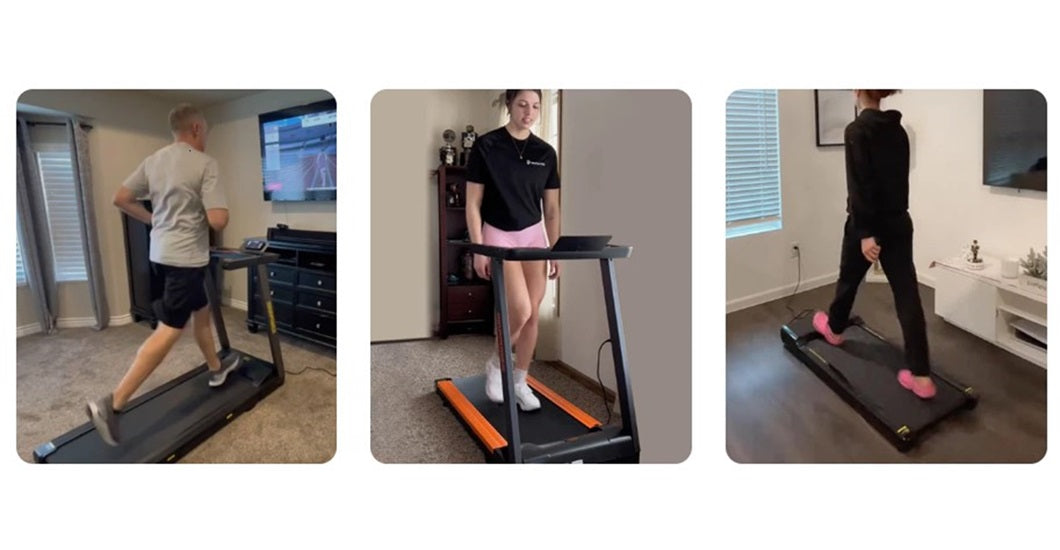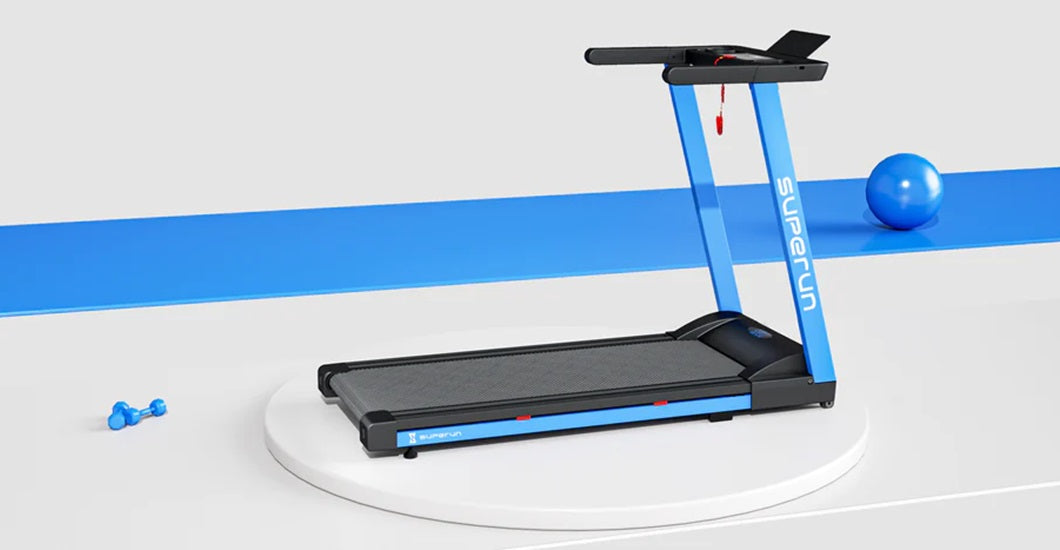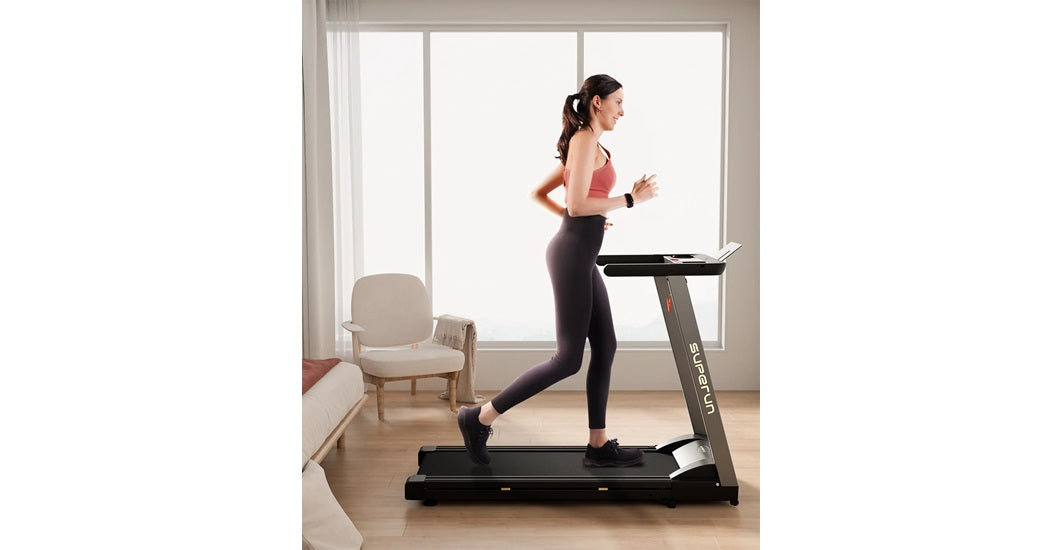In the world of fitness and exercise, few pieces of equipment spark as much debate and discussion as the treadmill. The controversy surrounding treadmill use has become a hot topic in recent years, with passionate advocates on both sides of the argument. Some sing the praises of this indoor fitness marvel, lauding its benefits, while others raise concerns about its potential drawbacks.
The importance of evaluating the potential health impacts of treadmill use cannot be overstated. Treadmills are a staple in many gyms and households, making them a ubiquitous and easily accessible tool for improving cardiovascular health, managing weight, and boosting overall fitness. However, as with any exercise equipment, there are legitimate concerns about their impact on the human body, particularly when used improperly or excessively.
This article aims to delve into the heart of this controversy, exploring the pros and cons of treadmill usage and providing an evidence-based perspective on whether treadmills are bad for you. We will examine the various factors that contribute to this ongoing debate, from the impact on joint health to the potential for monotony in workouts.
Pros of Using Treadmills
Weight Management and Calorie Burn
- Benefits for Weight Loss and Maintenance:
Treadmills provide an effective tool for individuals looking to shed excess pounds and maintain a healthy weight. Regular treadmill workouts can create a calorie deficit, helping in weight management and achieving weight loss goals.
- High-Calorie Burn Potential:
Treadmills offer a high-intensity workout that can torch a significant number of calories in a relatively short time. This makes them an efficient choice for those seeking to maximize calorie burn during their exercise sessions.
Cardiovascular Health
- Improved Heart Health:
Treadmill workouts elevate your heart rate, promoting improved cardiovascular fitness. Regular use can enhance your heart's strength, leading to better circulation and reduced strain on the cardiovascular system.
- Lower Risk of Cardiovascular Diseases:
Engaging in consistent treadmill exercise is associated with a reduced risk of heart-related ailments, including hypertension and heart disease. It can contribute to lower cholesterol levels and better blood pressure management.
Convenience and Accessibility
- Accessibility for Various Fitness Levels:
Treadmills are versatile and adaptable, making them suitable for individuals of different fitness levels. Whether you're a beginner looking to start a fitness journey or an experienced athlete aiming to fine-tune your performance, treadmills can be tailored to your needs.
- Convenient Indoor Exercise Option:
Treadmills offer a weather-independent and time-efficient exercise solution. With the convenience of an indoor treadmill, you can work out in the comfort of your home or at the gym, eliminating barriers such as inclement weather or time constraints.
Incorporating a treadmill into your fitness routine can provide these significant advantages, contributing to weight management, improved cardiovascular health, and accessibility for individuals with diverse fitness aspirations and levels.

Cons of Using Treadmills
Impact on Joints and Injury Risk
- Joint Strain and Overuse Injuries:
Treadmill use can place stress on joints, particularly the knees and hips, which may lead to joint strain and overuse injuries over time. The repetitive motion and impact can take a toll on these areas, especially if proper form and precautions are not observed.
- Factors Contributing to Injury Risk:
Several factors can increase the risk of injury on a treadmill, such as running with incorrect form, overexertion, inadequate warm-up, or unsuitable footwear. Understanding and mitigating these risk factors is crucial for injury prevention.
Monotonous Workouts and Motivation
- Potential for Boredom and Decreased Motivation:
Some individuals may find treadmill workouts monotonous, leading to a decline in motivation to exercise regularly. The repetitive nature of treadmill running can become tiresome, potentially resulting in workout abandonment.
- Strategies to Keep Workouts Engaging:
To combat monotony, it's essential to incorporate variety into treadmill workouts. This may include altering speed, incline, or incorporating interval training. Entertainment options like music, podcasts, or TV shows can also help maintain motivation.
Cost and Space Considerations
- Expense and Space Requirements:
Treadmills can be a significant financial investment, and not everyone has the budget or available space for one. High-quality treadmills can be costly, and they also require a dedicated space in your home, which might not be feasible for everyone.
- Alternative Options for Budget-Conscious Individuals:
For those on a budget or lacking space, there are alternative exercise options available. These may include outdoor running, bodyweight exercises, or using more budget-friendly fitness equipment like resistance bands or dumbbells.
While treadmills offer numerous benefits, it's essential to be aware of the potential drawbacks, including the risk of joint strain and injuries, monotony in workouts, and financial and space considerations. By addressing these concerns and taking appropriate precautions, individuals can make informed decisions about incorporating treadmills into their fitness routines.

Tips for Making Treadmill Use Safe and Beneficial
Warm-up and Cool-Down Routines
- Warm-Up:
Begin your treadmill workout with a proper warm-up. Start with a brisk walk or light jog at a slower pace to gradually increase your heart rate and loosen up your muscles. Aim for 5-10 minutes of warm-up to prepare your body for more intense exercise.
- Cool-Down:
After your treadmill workout, transition to a slower pace for another 5-10 minutes to allow your heart rate and breathing to return to normal. Stretch major muscle groups to prevent stiffness and reduce the risk of post-workout soreness.
Proper Form and Technique
- Maintain Good Posture:
Stand upright with your shoulders relaxed, and maintain a neutral spine throughout your workout. Avoid hunching over or leaning on the handrails, as this can lead to poor posture and increased strain on your back.
- Short, Quick Steps:
Take short, quick steps to minimize impact on your joints. Landing softly and avoiding overstriding can help reduce the risk of injuries.
Monitoring Intensity and Duration
- Use the Built-in Programs:
Most treadmills offer pre-programmed workouts that can help you vary your training routine and adjust the intensity. Utilize these programs to prevent overuse injuries and maintain motivation.
- Track Your Heart Rate:
Consider using a heart rate monitor to ensure you're training in your target heart rate zone. This helps you control the intensity and avoid overexertion.
- Gradual Progression:
If you're new to treadmill workouts, start with shorter, less intense sessions and gradually increase the duration and intensity to avoid overtraining and injury.
Alternatives and Complementary Exercises
- Cross-Training:
Incorporate a variety of exercises into your routine to prevent boredom and overuse injuries. Activities like cycling, swimming, or strength training can complement your treadmill workouts.
- Outdoor Running:
If weather permits and you have access to safe running routes, consider incorporating outdoor running into your fitness regimen. It provides a change of scenery and varied terrain.
- Strength Training:
Strength exercises, such as squats, lunges, and core workouts, can help balance your overall fitness and support your treadmill training.
By following these tips for safe and beneficial treadmill use, you can maximize the benefits of this exercise equipment while minimizing the risk of injury and monotony. Remember that safety and variety are key to a successful and sustainable treadmill workout routine.

Conclusion
In the journey of exploring the question, "Are treadmills bad for you?" we've uncovered a balanced perspective that sheds light on both the advantages and disadvantages of treadmill use. Treadmills, as we've seen, offer numerous benefits for weight management, cardiovascular health, and convenience, making them a valuable tool in the pursuit of physical fitness.
However, it's equally important to acknowledge the potential drawbacks associated with treadmill workouts. The impact on joints and the risk of overuse injuries, the possibility of monotonous routines affecting motivation, and the financial and space considerations are all factors that deserve attention.
To make an informed choice about incorporating treadmills into your fitness regimen, it's crucial to approach their use responsibly. Employing proper warm-up and cool-down routines, maintaining good form and technique, monitoring intensity and duration, and exploring alternative or complementary exercises are strategies that can help you reap the benefits while minimizing the risks.
Ultimately, the answer to whether treadmills are "bad" for you depends on how you use them. With the right approach, treadmills can be a powerful tool in achieving your fitness goals. The key lies in understanding your body, listening to its signals, and adapting your workouts to ensure safety and variety.
With knowledge, moderation, and a balanced approach, you can harness the benefits of treadmill exercise while minimizing the potential downsides. Remember that the path to a healthier and more active lifestyle encompasses a variety of options, and treadmills are just one piece of the puzzle. So, make your choice wisely, stay safe, and keep moving toward a healthier you.






Leave a comment
All comments are moderated before being published.
This site is protected by hCaptcha and the hCaptcha Privacy Policy and Terms of Service apply.